Finding old, hidden treasures is always exciting. They take us on a quick trip back in time, letting us imagine what life was like long ago. The Herculaneum scrolls, buried under volcanic ash for centuries, are one of those treasures.
They give us a fun glimpse into the past and let us explore a different world, even if just for a little while. Let’s jump in to a new story from the past, but this time, it’s also connected to the future of technology.
The Herculaneum scrolls
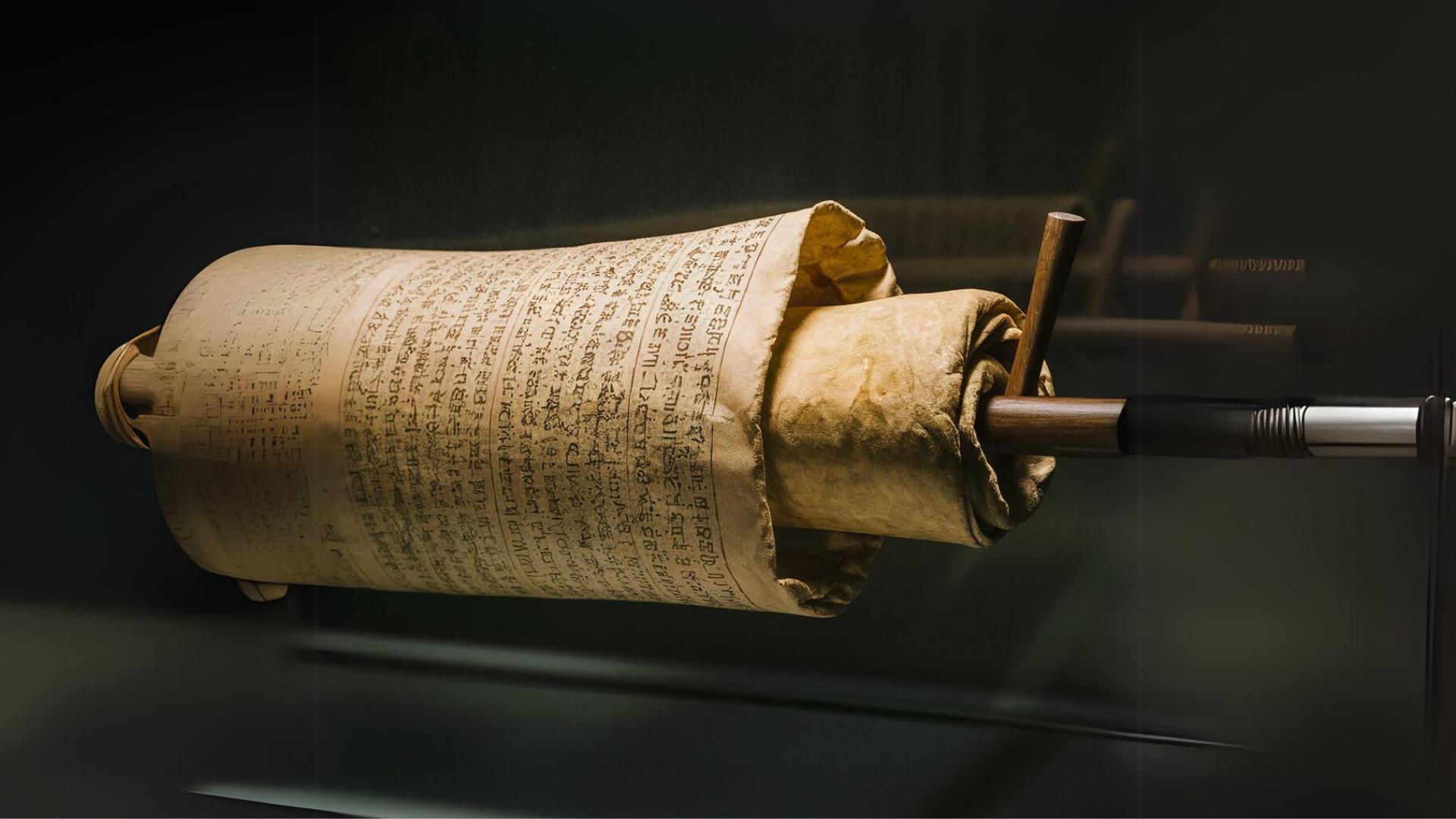
The Herculaneum scrolls are ancient manuscripts that were buried under volcanic ash during the eruption of Mount Vesuvius in 79 AD. The purpose of the Herculaneum scrolls was to preserve the knowledge, philosophy, and literary works of the time. They were part of a private library in a Roman villa, possibly belonging to a wealthy and educated family, including writings by the philosopher Philodemus.
These scrolls contained philosophical discussions, poetry, and other literary works that reflect the intellectual life of the period. The scrolls were meant to educate, inspire, and provide insight into various aspects of life, from ethics to the nature of pleasure, as well as to preserve important teachings for future generations.
Visualising the Herculaneum Scrolls: A Glimpse Of Ancient Time

Before the eruption of Mount Vesuvius, the Herculaneum scrolls were beautifully crafted pieces of ancient writing. They were made from papyrus, a plant-based material that was pressed and dried into thin, flexible sheets.
These sheets were then rolled up into scrolls, sometimes several meters long, and filled with text written in neat, flowing script. The scrolls were likely stored carefully in wooden shelves or cabinets within a grand library, where scholars and philosophers could unroll them to read about philosophy, poetry, and science.
When Vesuvius Turned Day into Night
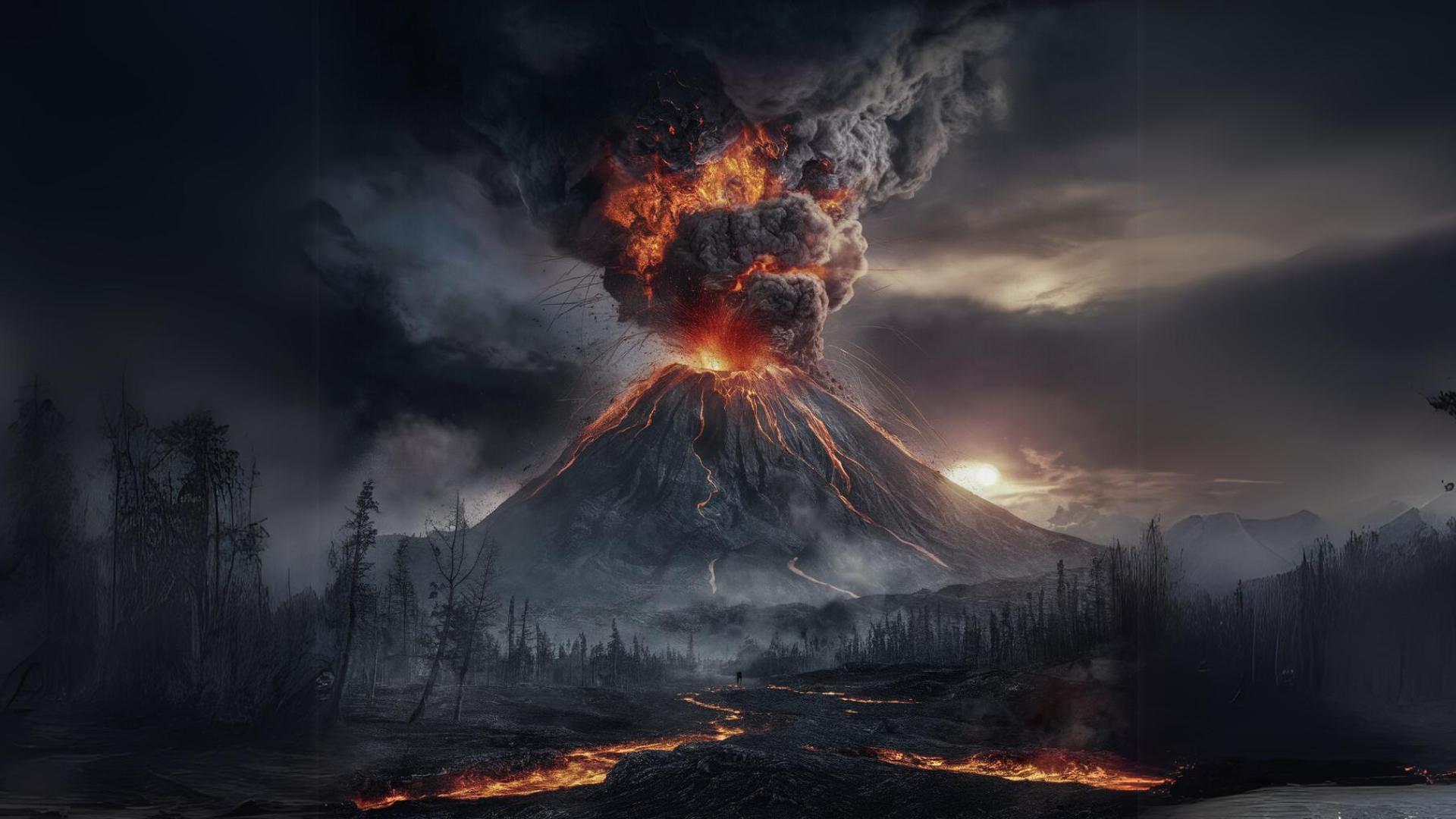
Imagine a warm, sunny day in 79 AD, where life in the Roman town of Herculaneum was just as it always had been—until, suddenly, it wasn’t. Mount Vesuvius, the towering volcano that had watched over the town for centuries, decided it was time to put on a show.
But this was no ordinary fireworks display. The mountain erupted with such force that it sent a deadly cloud of ash, gas, and molten rock hurtling down toward the town.
The Day Vesuvius Turned Scrolls to Ash
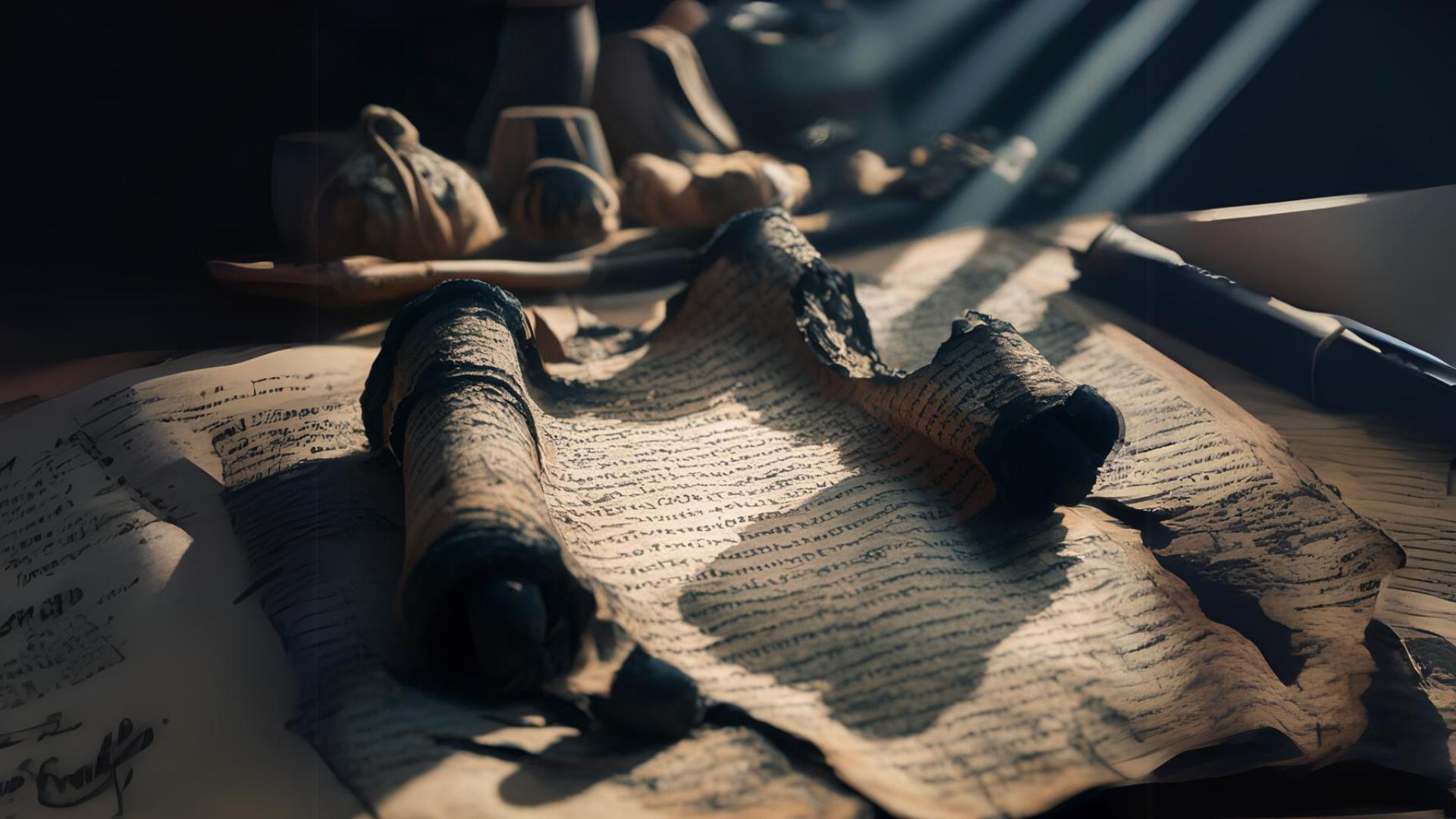
The heat from the fire was so intense that it carbonised everything in its path, including the precious scrolls in the grand library of a wealthy Roman villa.
These scrolls, filled with the knowledge and philosophy of the time, were instantly transformed from delicate, papyrus manuscripts into charred, brittle relics.
A Symbol Of Lost Knowledge
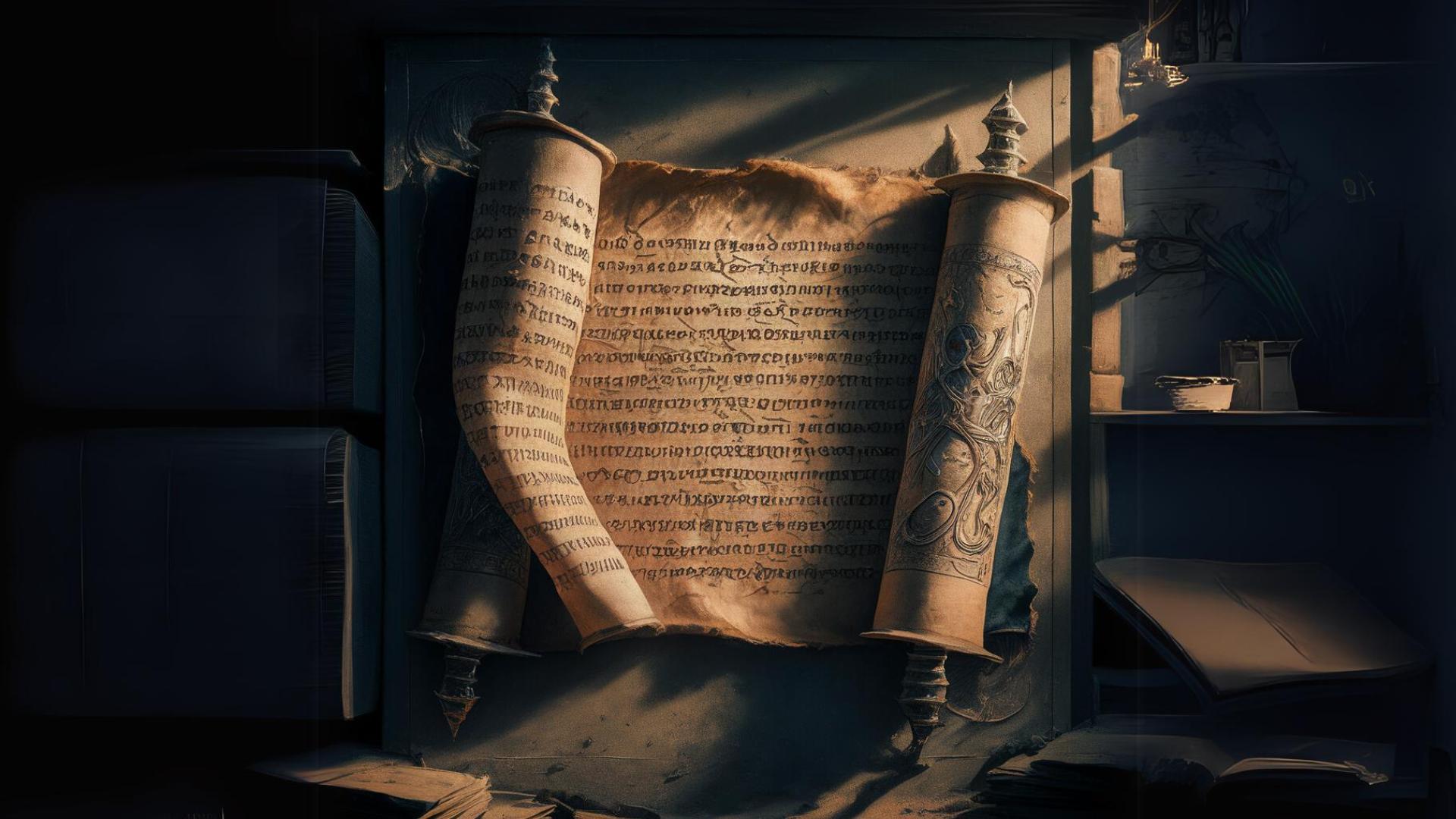
For almost 2,000 years, the Herculaneum scrolls stayed hidden and unreadable, burnt and buried by the eruption of Mount Vesuvius in 79 AD. These ancient texts, turned to fragile, blackened rolls, were too delicate to touch without crumbling apart.
The scrolls became a symbol of the lost knowledge of the ancient world, sparking the imaginations of historians, archaeologists, and academics, all wondering what wisdom might be hidden within those charred remains.
The Vesuvius Challenge

The Vesuvius Challenge is like a high-tech treasure hunt with a million-dollar prize! Launched in 2023, this global competition invited people from around the world to use artificial intelligence to decode the Herculaneum scrolls, which had been carbonized by the eruption of Mount Vesuvius nearly 2,000 years ago.
The challenge was to extract and read text from these delicate scrolls without ever unrolling them—something that had stumped scholars for centuries.
AI Breakthrough
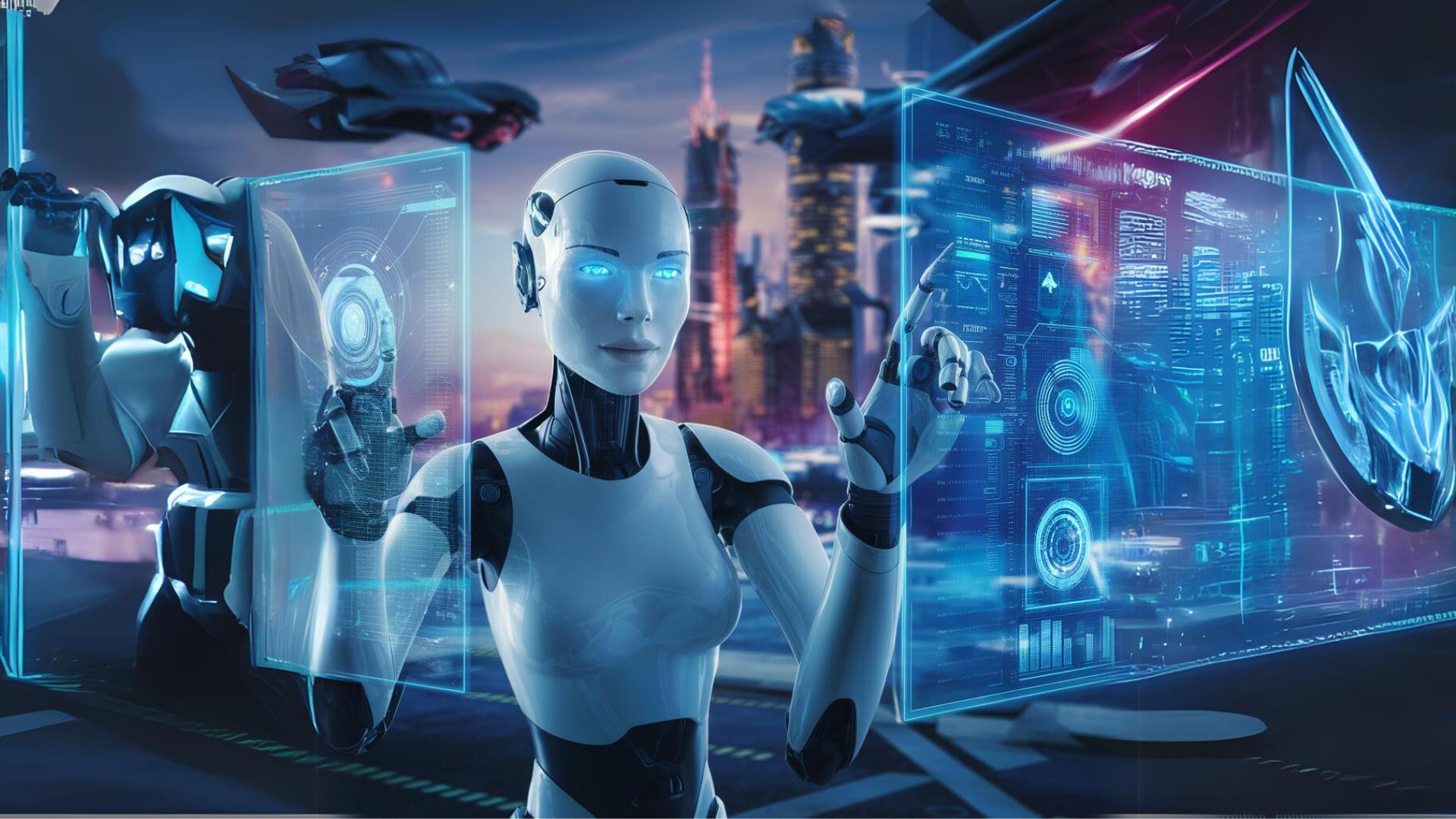
Teams raced to develop cutting-edge algorithms that could “see” through the layers of the scrolls and reveal the words hidden inside. In the end, three young tech wizards cracked the code, uncovering over 2,000 Greek letters and earning the grand prize.
The Vesuvius Challenge turned out to be not just a contest, but a thrilling adventure in unlocking the mysteries of the ancient world with the power of modern technology.
How AI Revealed Ancient Texts
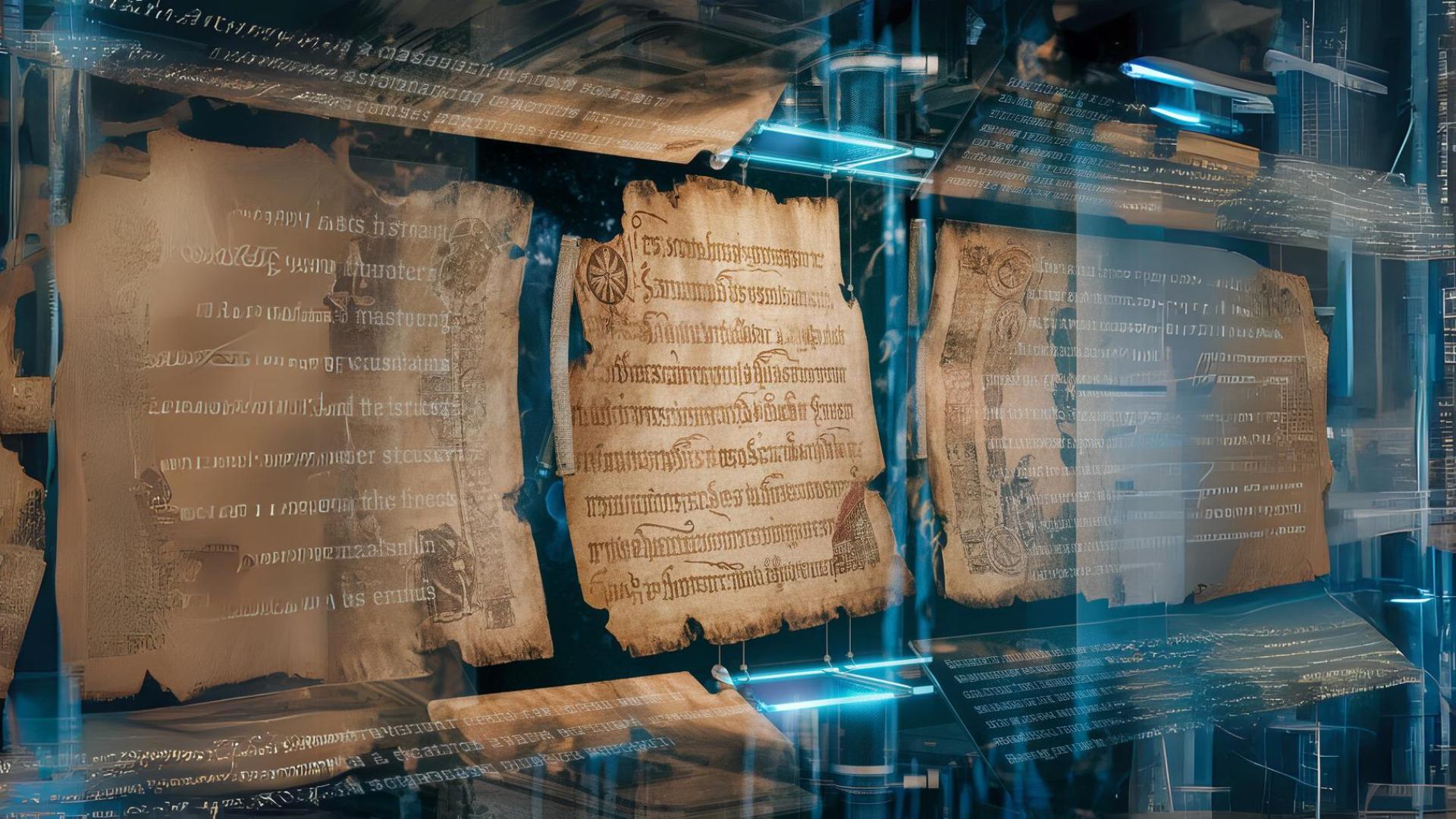
Scientists used a special type of X-ray scan to create a 3D image of the scrolls, and then AI algorithms were trained to spot tiny differences in the scans that hinted where the ancient ink might be.
The AI didn’t need to recognize letters; it just needed to find where the ink was, like playing a super-advanced game of “connect the dots.” Once the AI found enough “dots,” it could start to reveal the words hidden inside the scrolls.
Trust The Scrolls: The Guide For True Happiness
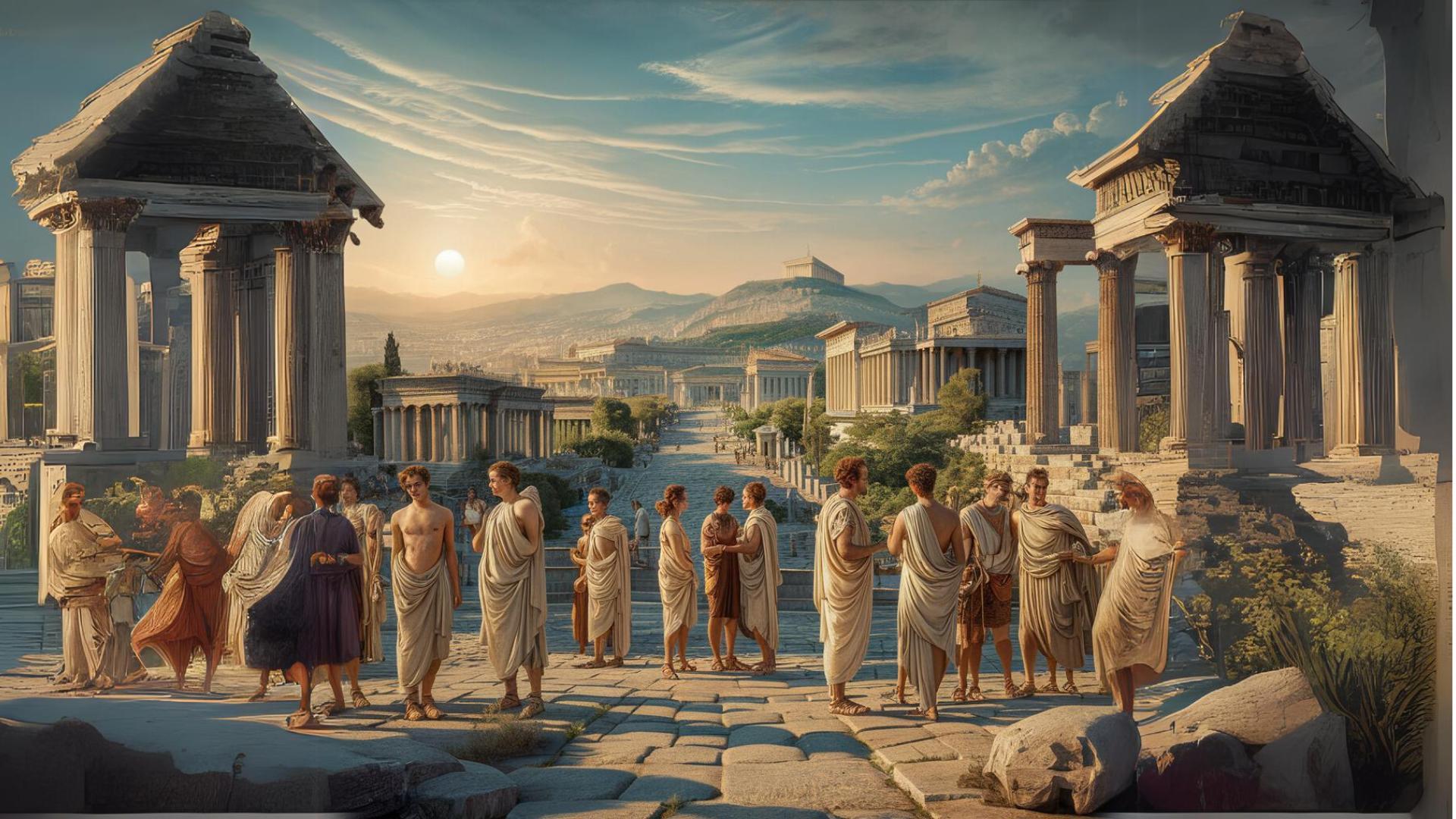
Inside the Herculaneum scrolls, researchers uncovered something truly exciting: fragments of ancient philosophical texts! One of the key discoveries was a discussion on the nature of pleasure, believed to be written by the philosopher Philodemus, who lived during the time of the Roman Empire.
The scrolls explored ideas about what brings true happiness and whether having more or less of something, like food or luxury, changes how we experience pleasure. These ancient words, once thought lost forever, are now offering us a fresh look into the minds of thinkers from long ago, thanks to the incredible power of AI.
Nothing Changed
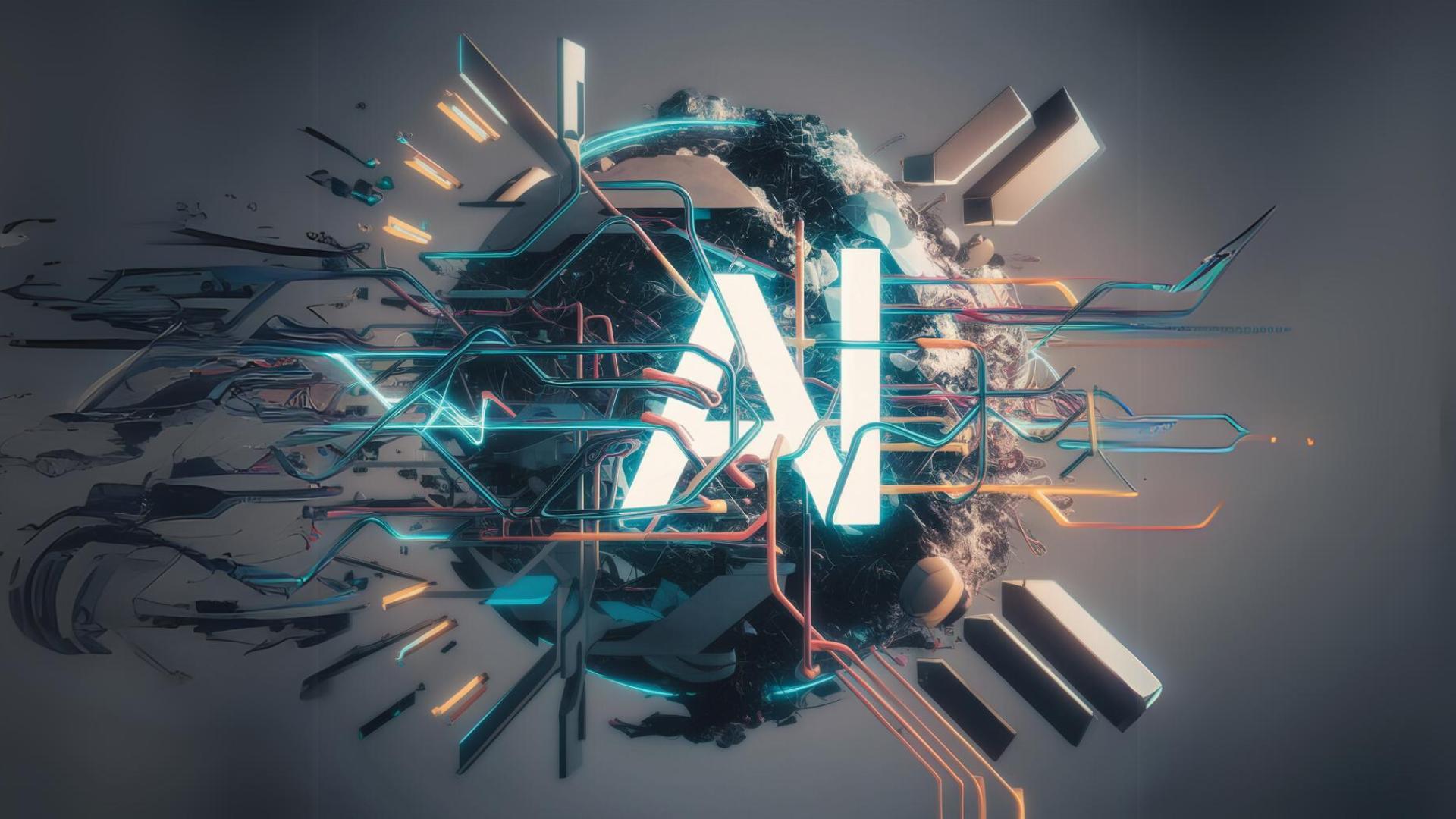
The ancient texts we’ve uncovered from the Herculaneum scrolls are teaching us that, even 2,000 years ago, people were thinking about the same big questions we do today. The Greek philosophers wrote about happiness, pleasure, and the meaning of life—things that we still ponder in the modern world.
It’s amazing to see that, despite all the time that has passed, human nature hasn’t really changed. We still wonder about what makes us truly happy, whether having more stuff really brings us joy, and how to live a good life. These ancient thoughts show us that, in many ways, we’re still connected to those who lived long before us, sharing the same timeless quest for understanding life’s mysteries.
AI’s Ancient Adventure: Can It Get History Wrong?
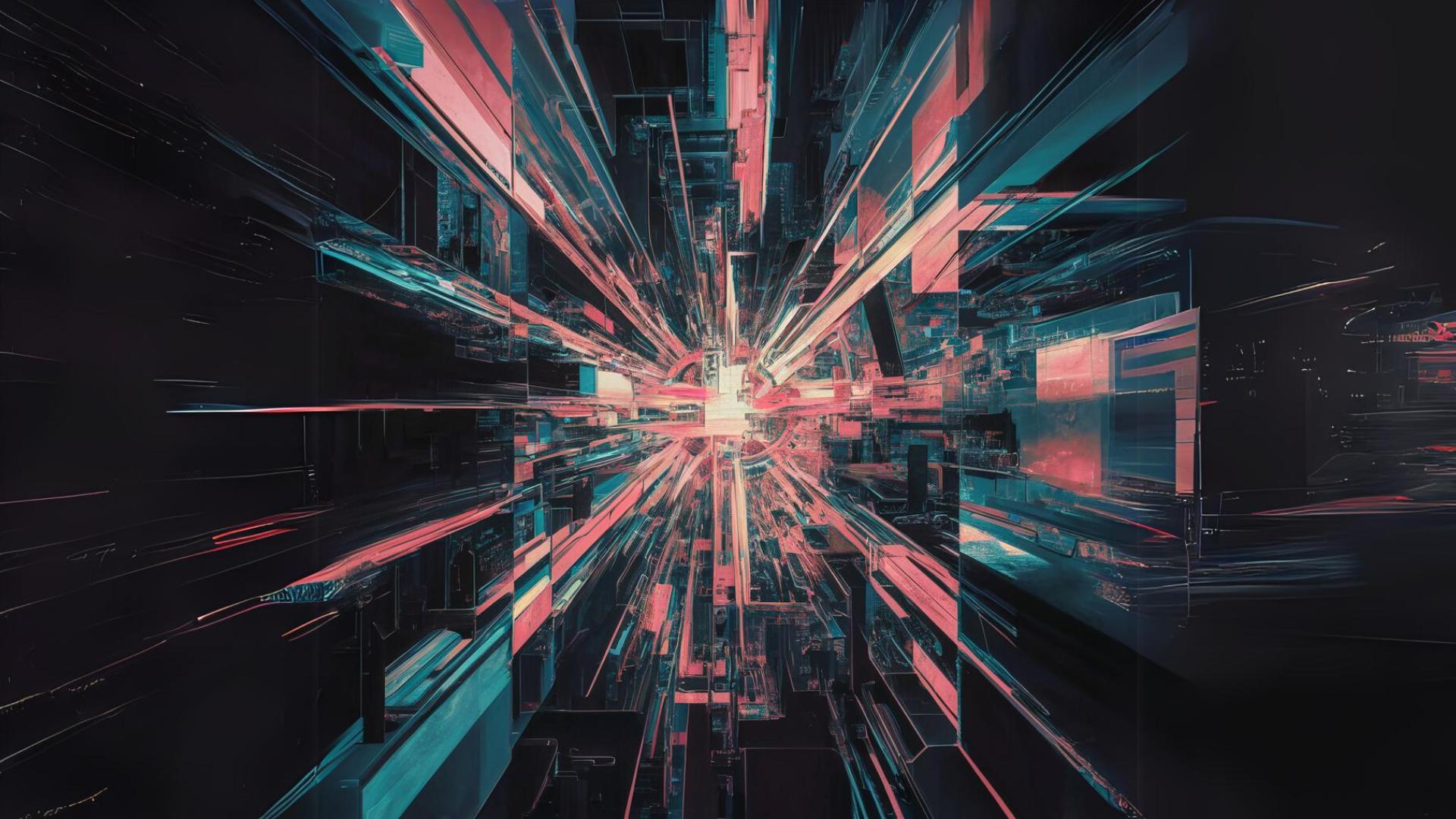
As we celebrate AI’s ability to uncover ancient secrets from the Herculaneum scrolls, it’s fun to think about the “what ifs.” What if the AI makes a mistake or misreads something important? After all, it’s dealing with super old, delicate texts, and even a small error could change how we understand history.
There’s also the thought of AI getting things wrong because it’s not perfect—kind of like when autocorrect changes your words to something totally off! But with careful checks by experts, we can make sure AI stays on track. It’s a powerful tool, but it’s still just that—a tool that needs human brains to guide it and make sure we’re getting the real story from these ancient treasures.
The Future With AI

The future of deciphering the Herculaneum scrolls is looking bright and full of excitement! Thanks to the recent success with AI, scientists are now dreaming even bigger. The plan is to decode entire scrolls, not just small pieces, which could reveal tons of new information about the Roman world.
Imagine finding lost books of philosophy, forgotten poems, or ancient stories that no one has read in thousands of years! As AI keeps getting smarter and faster, we could soon unlock even more secrets from these ancient texts. Who knows what hidden treasures are still waiting to be discovered? The adventure is just beginning, and the possibilities are endless!

